“There’s something wrong with your oranges. Would you like me to get another bag?” The lad packing my groceries spoke with concern.
“These are fine, thank you.”
“But they’re all dark and bruised.”
“They’re called blood oranges. And they are delicious.”
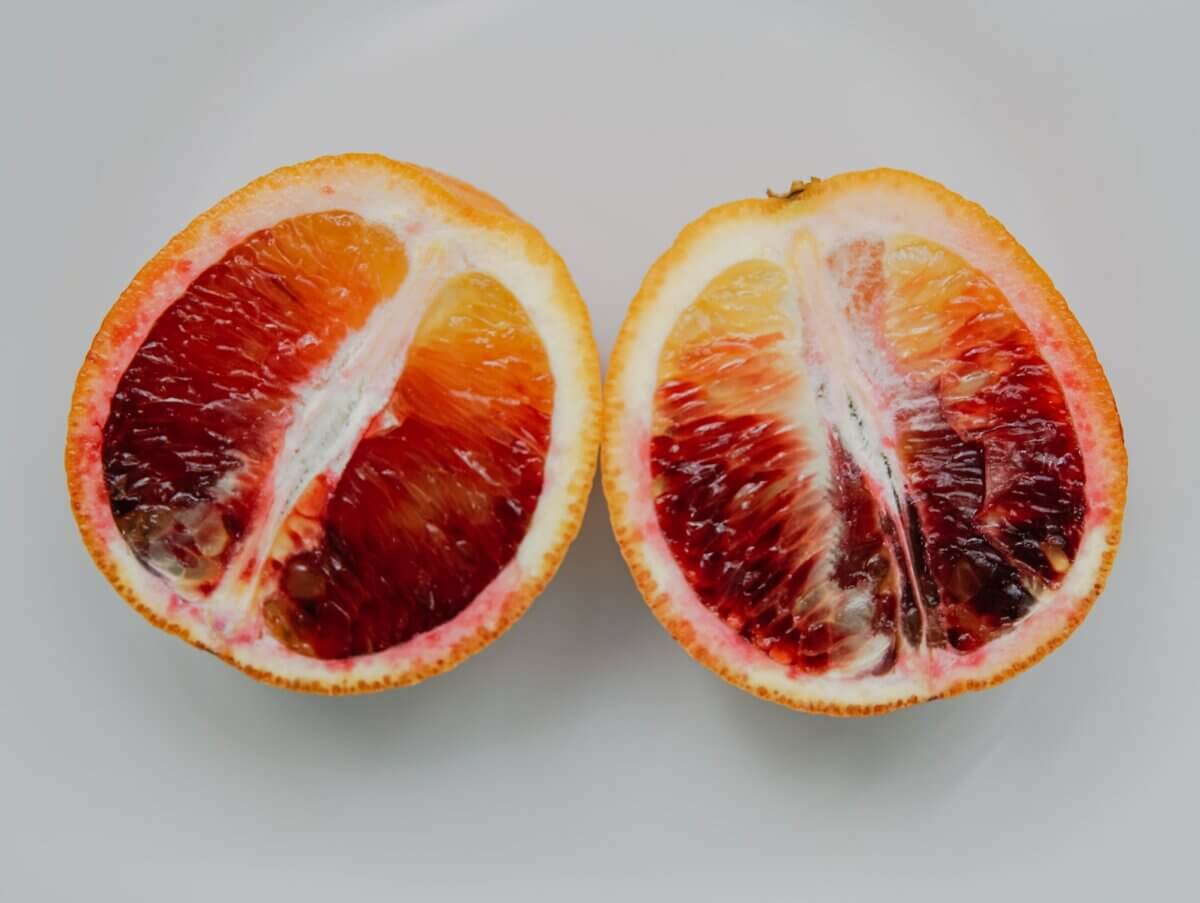
Years ago, a student introduced me to blood oranges. I had never heard of them before, but I was impressed with their flavor and juiciness. Now, every year, I look forward to December and January, the best months for finding blood oranges in the stores. So what are blood oranges? It’s a variety of orange with darkened flesh, which sometimes appears on the outer skin as well. In fact, the flesh color can be as deep and dark as blood. It’s also called a raspberry orange due to the flesh color, but I prefer the more popular name of blood orange.
Blood Orange Origin
It’s a rather gruesome name for a deliciously sweet and juicy orange, but the blood orange has been a popular variety since the 18th century. It is believed to have been originally grown in the southern Mediterranean and is now grown in Italy, as well as in California and Florida. Like other citrus fruits, blood oranges grow best in warm, temperate climates where the winters aren’t too harsh.
Difference Between Blood Oranges and Other Oranges
Navel oranges might be juicy, but they have a tendency to be slightly bitter while other oranges in the citrus family are not. The blood orange is also juicy, perhaps more so than the navel orange, but slightly more tart with an underlying subtle sweetness. It might be compared to the equally tangy red grapefruit or the tartness of red cherries. Its flavor is also described as somewhat floral, much like a deep red raspberry.
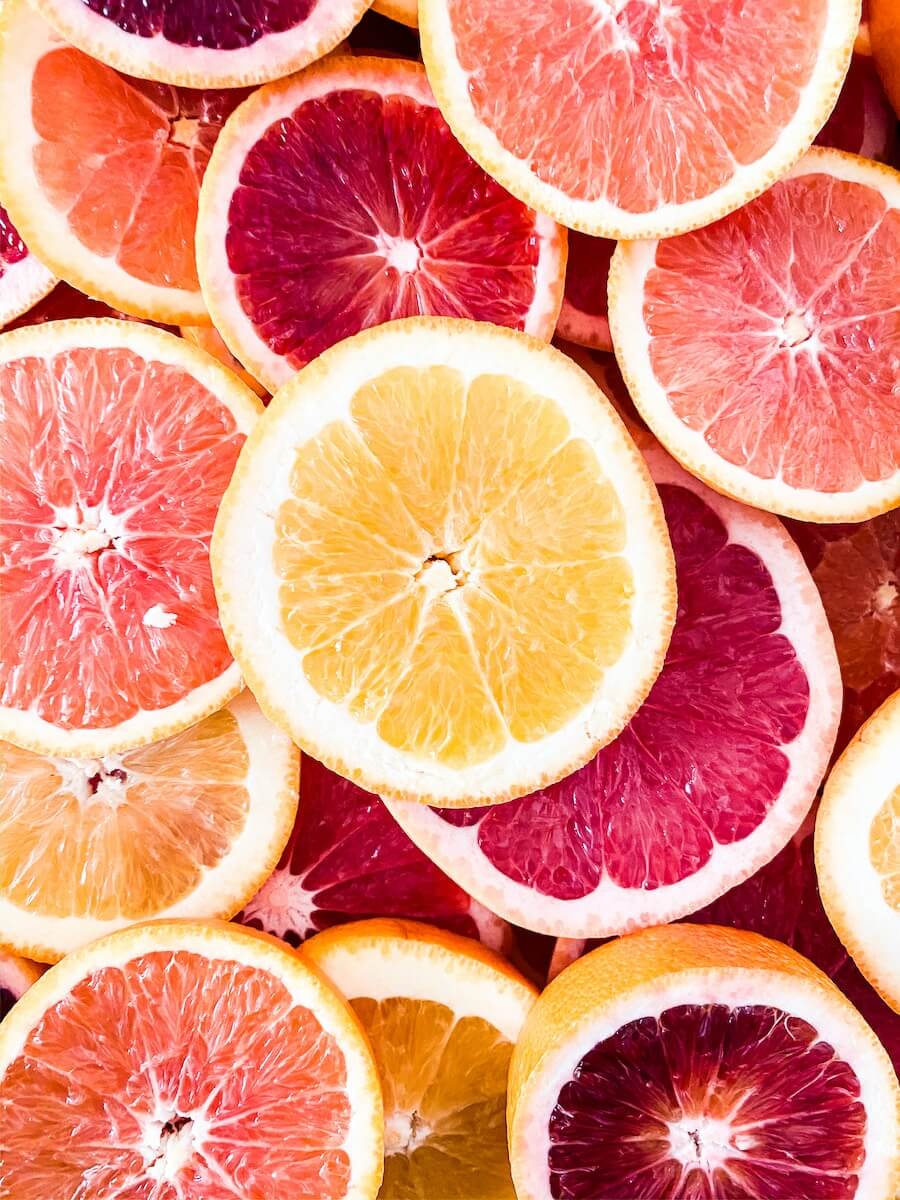
What makes the blood orange really distinct, of course, is its unique coloring. The skin may or may not display a darkness that suggests its variety. The flesh is mostly a dark red, and sometimes it’s streaked.
The cara cara orange also has red flesh and is often confused with the blood orange. However, the red flesh of the cara cara orange is considerably lighter than that of the blood orange. Cara cara oranges are also milder in flavor and less bitter. The other key difference is that cara cara oranges get their red coloring from carotenoids (like lycopene) whereas blood oranges get their red coloring from anthocyanins (an antioxidant).
Another bonus is that blood oranges tend to be easier to peel than other orange varieties. And thankfully, they have fewer seeds.
Blood Orange Nutrients and Health Benefits
Rest assured there’s no blood in blood oranges. It’s the anthocyanins that give blood oranges the red coloring. These antioxidants are significant anticancer agents, as they reduce damage within the body that might be caused by free agents. They decrease the likelihood of cells becoming cancerous.
Does this make blood oranges healthier than other varieties of oranges? Not necessarily as there isn’t much difference in the calories or the vitamin levels. Both navel oranges and blood oranges provide a significant among of vitamin C, upward of 50 milligrams, which is a significant quantity to keep us healthy. Consequently (like other citrus fruits), blood oranges are great at immune boosting while at the same time, supporting healthy blood vessels.
An added bonus to any citrus fruit is that they promote healthy weight loss. Why? Because they are high in fiber and low in calories, and quite simply, make you feel fuller longer, thus quenching the desire to binge eat.
Where and When to Buy Blood Oranges
Since blood oranges are grown in warmer parts of the United States (orange country), they are available in many supermarkets across North America from October to May with the peak season being February and March. I start looking for them in December, but the most flavorful appear in my local produce sections in February. Blood oranges are harder to find in grocery stores, and they do tend to be more expensive than other oranges. Like anything else, there are times when blood oranges are on sale, so wait and watch for those bargains.
How to Pick the Best Blood Oranges
Like all oranges, it’s best to weigh the fruit in your hand. Since most supermarkets sell blood oranges individually instead of bagged, you can feel the weight. For a good pick, the blood orange should feel heavy for its size. Also, the skin color doesn’t necessarily determine the color of the flesh inside. Some blood oranges can be basically orange-skinned like a navel orange and be brilliant red-fleshed inside, while others that are dark, red have limited red flesh inside.
How to Store Blood Oranges
Store blood oranges on the counter for up to a week at room temperature. You can store them for longer in the refrigerator. Use them before the peel gets baggy and wrinkly. The juice can be stored in a sealed container in the refrigerator for three days.
How to Grow Blood Oranges
Basically, with lots of patience. To start any fruit tree by seed, whether indoors or outdoors, you have to wait for the seed to germinate and then it literally takes years — up to 12 years — to grow a tree that’s large enough to bear fruit. But it can be done. People have considerable success growing all kinds of citrus fruit trees in pots indoors, including blood orange.
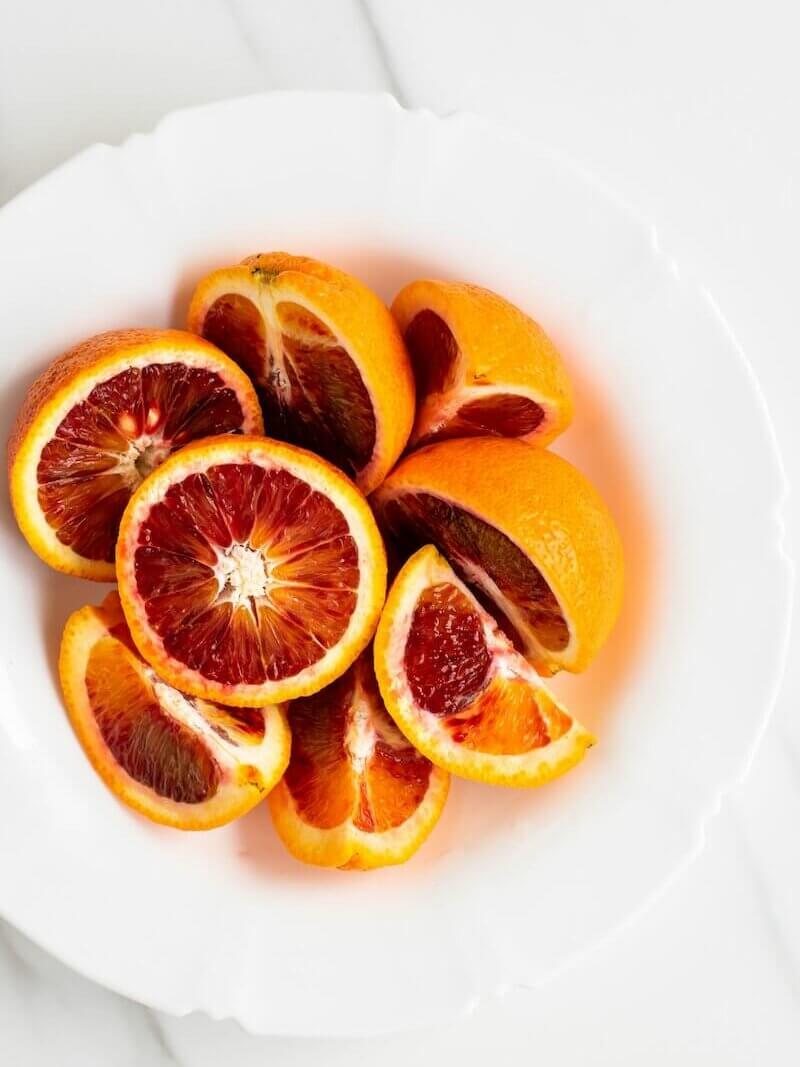
There’s contradictory information on the best way to start your blood orange tree in a pot indoors. You can try starting it from a seed extracted from the blood orange you just ate. Wash the seed and then place it under a half-inch layer of sterilized potting soil in a shallow pot. Cover the pot with a plastic bag or plastic wrap and store in a warm place until it starts sprouting. Then move it to a warmer, sunny spot and remove the plastic covering.
The nonseed approach to starting a blood orange tree is through grafting. The problem with this method is you need an actual blood orange tree to obtain a graft and start your own tree.
Blood Orange Recipes
The best use of a blood orange is to peel it and eat it fresh. There’s nothing quite like the sweet tartness of the juice of a blood orange. You can also squeeze it to make fresh blood orange juice. Or peel and cut the segments in half and toss in a salad. Or how about blood orange marmalade? Basically, any of your favorite orange recipes taste as good, if not better, when using blood oranges or blood orange juice.
Blood Orange Salad
- Head of lettuce (any kind) or mixed greens — my preference for this type of salad is Boston leaf lettuce
- One large blood orange peeled, and segmented with segments cut in half
- One-half a green pepper, washed, cored, and chopped
- A large carrot, washed, peeled (if desired), and chopped
- Half dozen mushrooms, washed and sliced
- 1/2 cup pecorino or Parmesan cheese, grated
- Prepared basic oil and vinegar dressing
In a large salad bowl, toss first six ingredients. When ready to serve, add dressing and toss again. Serve immediately. Makes 6 to 8 servings.
Basic Oil and Vinegar Salad Dressing
- 1/4 cup extra light olive oil
- 1/3 cup cider vinegar
- 1/3 cup lemon juice
- 2 tablespoons liquid honey (or maple syrup)
- One clove garlic, minced (or 1/2 teaspoon garlic powder)
- 1/2 teaspoon mixed Italian herbs
In a small bowl, mix all the ingredients together. Cover and refrigerate until ready to use. Makes enough dressing for one large tossed salad.
Chocolate Chip Blood Orange Muffins
- 1½ cups all-purpose flour
- 1/2 teaspoon baking soda
- 1/2 cup granulated sugar
- Two eggs
- 1/3 cup margarine, melted
- 1/3 cup freshly squeezed blood orange juice
- 3/4 cup semisweet chocolate chips
Measure the first three ingredients into a medium-sized bowl. Add eggs, melted margarine, and blood orange juice. Stir just to blend. Add chocolate chips and stir. Line muffin pans with muffin liners. Fill three-quarters full. Bake in a preheated 350 degrees Fahrenheit oven for 20 to 25 minutes, or until a toothpick inserted comes out clean. Serve warm. Makes six large muffins.


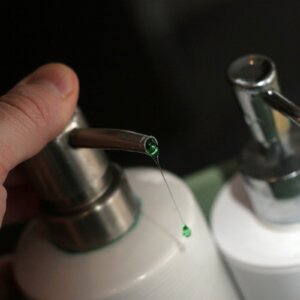








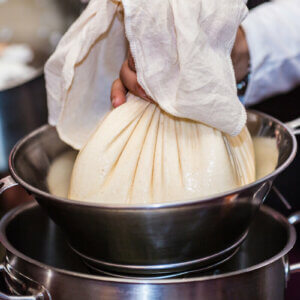
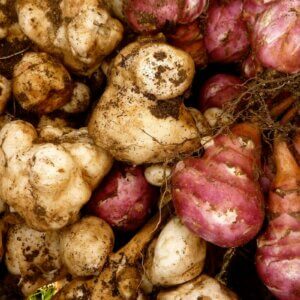


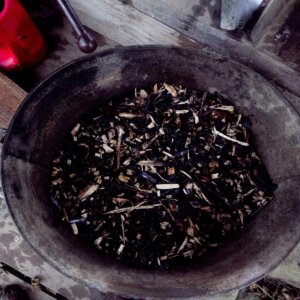
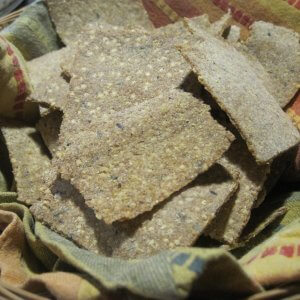










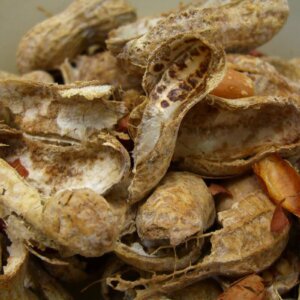








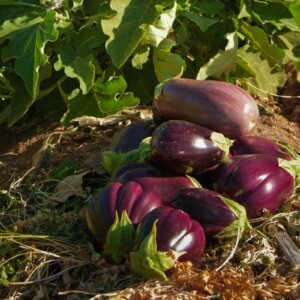





Leave a Reply